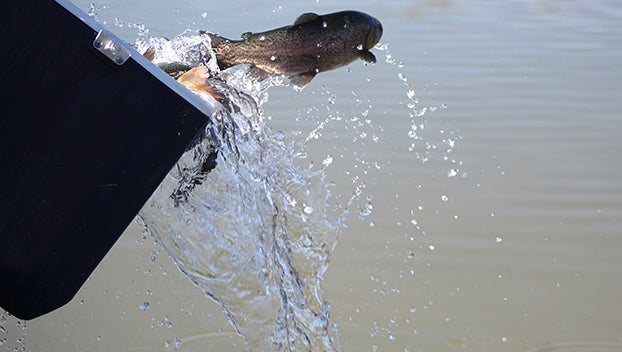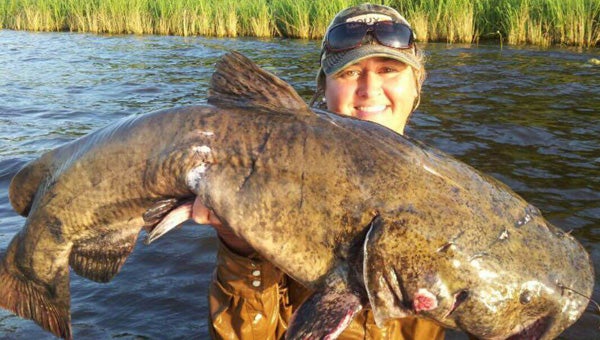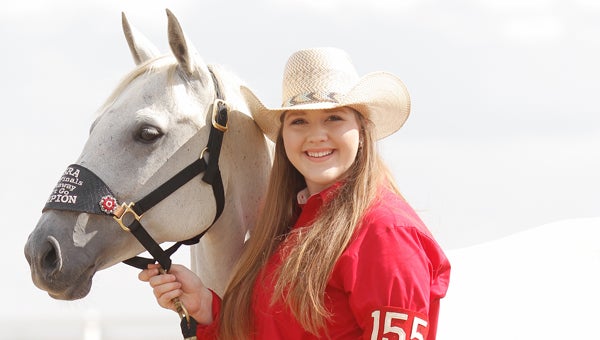Low water, hot temps slow fish activity
Published 12:01 am Sunday, July 8, 2012
The Mississippi River stage at Natchez Saturday was a very low 11.9 feet.
With a click of the mouse, I looked back at the river level exactly a year ago. The river stage was 44.2 feet and steady on July 7, 2011. That’s a difference of 31 feet.
The old river bend lakes that are connected to the big river are now landlocked.
There is a slight rise coming downriver, but the rise is not significant enough to allow any water to flow back into the old rivers.
The forecast predicts a level of approximately 12.6 feet by Wednesday. It will take a level of at least 16 to 17 feet for the river to start flowing back into the old rivers.
The low water level and extremely high surface water temperature has slowed the fish activity down big time. Surface water temperature of the area lakes tops out at midday around 90 degrees. That is hot.
The inside bends of Deer Park and the Old River at Vidalia are the shallow sides, of course. That area is basically void of any cover, so you won’t find many fish there. If you can find a stump, log or any brush piles on the island side of the old rivers — fish it.
The outside bend of any live oxbow is the deep side. That’s where you will find more cover, deeper water and most of the game fish.
The floating docks are holding some fish, but be nice. If someone is fishing their pier, just move on to the next one and come back later.
There is are few big laydowns, trees that fell over, along the outside bend of the old rivers. The bass and white perch will hold on the very end of the laydowns.
The bream are doing the same thing only they will suspend, and the bass will be closer to the bottom. The bass feel about the same way we do about the heat.
Fish the thickest cover that offers the most shade and make repeated casts to the same area before moving on.
Summer fishing is something like fishing in January. The bass won’t move far to take to feed, and they don’t move very often.
Crankbaits fished on a 10- to 12-pound test line would be my first choice once the sun burns the top water lure bite off.
There are hundreds to choose from, but the local favorite, Bandit crankbaits, make it easy to pick the right lure for the depth you’re fishing.
I like something that dives a foot deeper than the water I am fishing. That way you can bounce it off the cover to create a reaction, a strike from non-active bass.
A Bandit series 100 will dive to a maximum of about five feet, but that depends on line size and diameter. The thinner the line, the deeper the lure will dive. A 200 series will hit bottom in 10 feet of water fished on a 10-pound test line.
If you want the same action but not fish as deep, just up your line size to about a 15-pound test. The new 250 series bandit covers the 12- to 14-feet depths, and that’s my choice right now. The 250 is a wide body lure, so if the bass are picky and want a smaller profile fished at the same depth, try a series 300 which covers the 8- to 12-foot depths.
Again, you can run a series 300 deeper on lighter line. I am still a fan of the old Bagley DB3s.
These big balsa wood crankbaits have been around for years and continue to catch fish just like they did 30 years ago. The only negative thing about a Bagley is the soft balsa wood.
Bandits are plastic and will hold up much better than balsa wood cranks. The Bagley DB3 will hit bottom in 18 feet of water fished in a long cast with 12-pound test line.
A Bandit series 400 will do the same.
Fishing is tough right now, and it won’t get any better until late September. So try to stay cool and keep moving and casting. The fish have to eat sometimes. Being in the right place at the right time with the right lure is the key to catching fish in the summer.





